What India’s 1.55% CPI Means for FDs, Debt Funds, and RBI’s Next Move
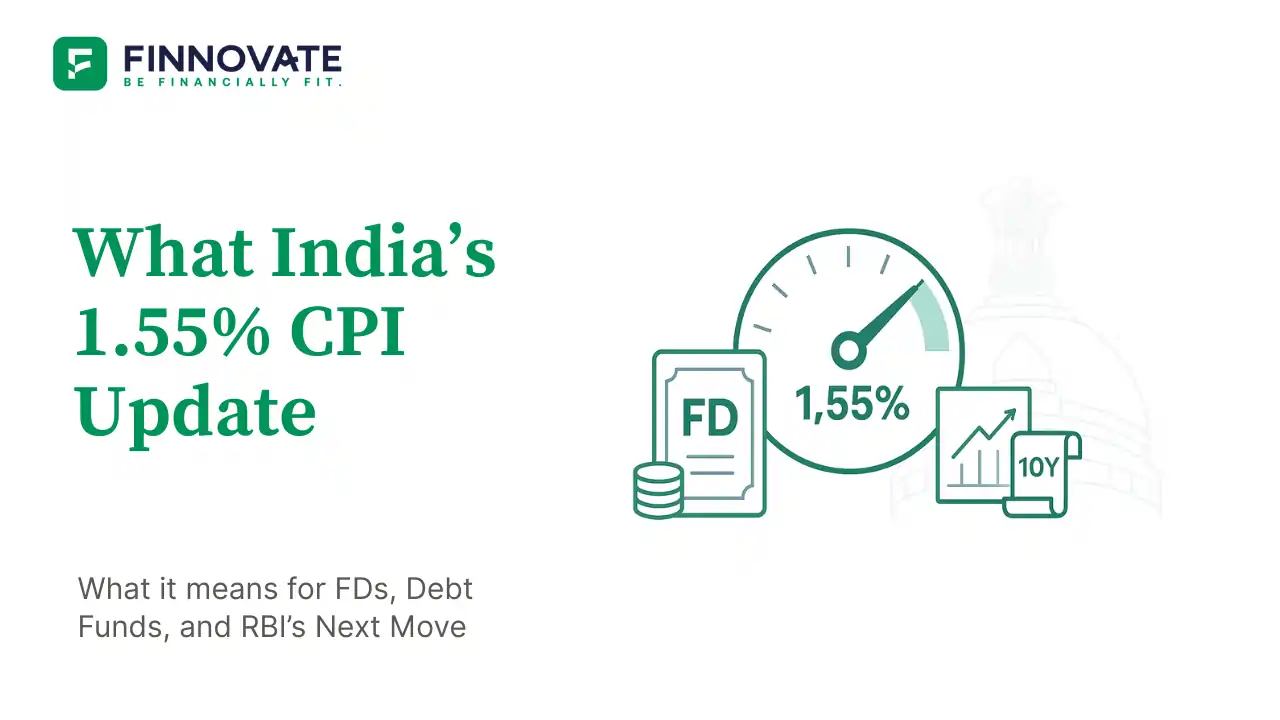
By

TL;DR (Aug 13, 2025): India’s July CPI eased to 1.55% YoY - an eight-year low - driven by a sharp fall in food prices (CFPI –1.76%). Rural CPI was 1.18%, urban 2.05%. RBI kept the repo rate unchanged at 5.50% last week and trimmed its FY26 inflation forecast to 3.1%. The 10-year G-sec hovers near 6.48–6.50%. For savers, real (inflation-adjusted) returns look better; for debt funds, duration calls still need nuance.
When inflation falls faster than deposit/bond yields, real (inflation-adjusted) returns rise - even if your nominal rate is unchanged.
Worked example (simple math):
If a 1-year FD pays 6.50%, a 30% tax-bracket investor nets 4.55% after tax. Real after-tax ≈ [(1+0.0455) / (1+0.0155)] – 1 ≈ 2.96%. (At June CPI 2.10%, the same FD’s real after-tax would’ve been ~2.40%.)
Large banks are currently advertising around 6.25–6.75% for many 1–3 year retail FDs (senior rates higher). Always verify your exact slab and tenure on your bank’s page before booking.
Where yields are: The 10-year G-sec is roughly 6.48–6.50% - only modestly lower than pre-print levels, signalling the bond market isn’t extrapolating July CPI into an immediate rate-cut cycle.
Street read-through: after prior cumulative easing in 2025, the MPC tone is “pause to assess.” Some houses still see room for one more cut by year-end; others think the easing cycle may be done if inflation re-anchors near 3–4% in FY26. Build scenarios - don’t bet the farm on one path.
Data to track next: High-frequency vegetable prices, monsoon distribution & reservoir levels, WPI (due Aug 14), and global oil.
Note: Educational content, not investment advice. Consider your goals, horizon, taxes, and risk tolerance.
Nationwide CPI is 1.55%, but state prints diverge. It’s normal for your personal inflation to feel different from the headline - consumption baskets vary by household and geography.
Is “core” inflation also low?
Most trackers place core near ~4.0–4.1% YoY for July - stickier than headline, reinforcing RBI’s caution.
Why didn’t the 10-year yield crash after such a low CPI?
Because the drop is seen as temporary and food-led; markets expect core to re-anchor closer to 4% over FY26. Yields near 6.5% reflect a wait-and-watch stance.
Could inflation bounce back next month?
Yes - base effects fade and vegetables can swing quickly. Several houses see a mild uptick from here.
Disclaimer: Educational content only - not investment, tax, or legal guidance. Data and regulations are as of Aug 13, 2025 and may change. For personal guidance, consult a SEBI-registered investment professional.
© 2025 Finnovate Financial Services
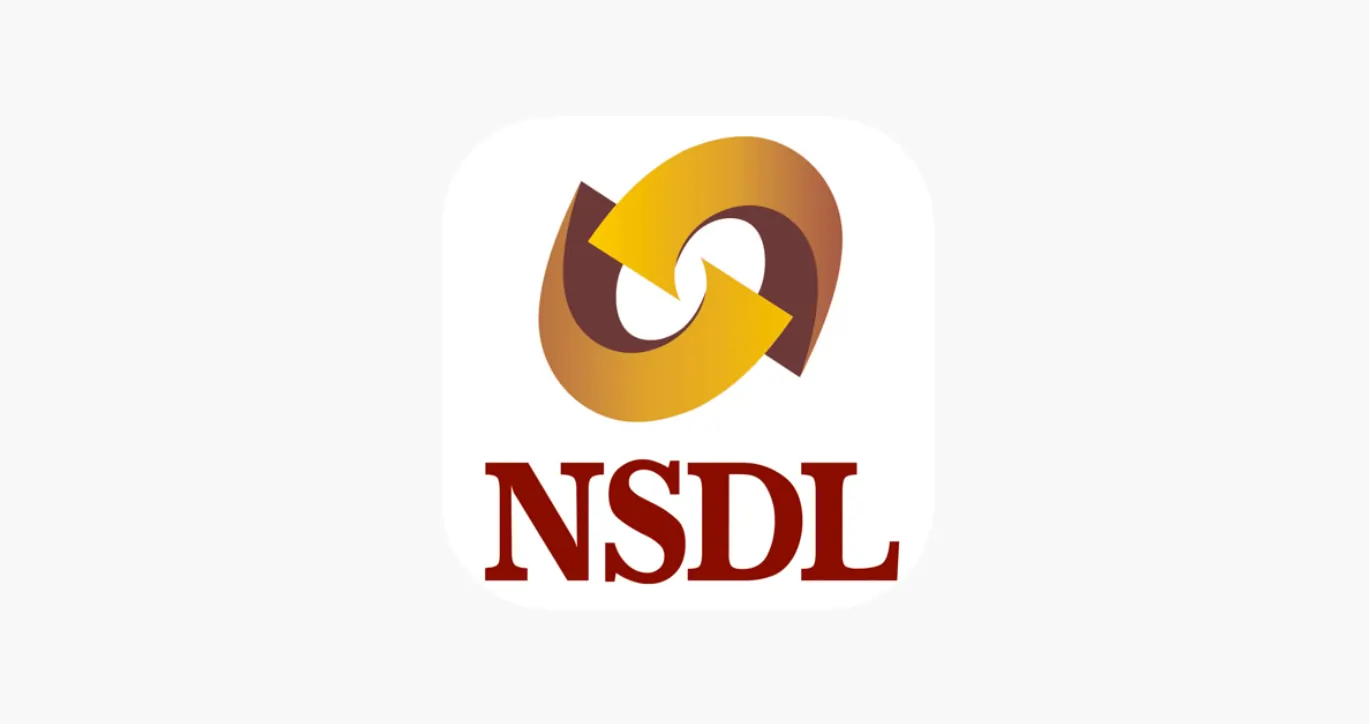
Learn how to easily download your NSDL CAS Statement in PDF format with our step-by-step guide. Follow our instructions to log in to NSDL e-Services, download your account statement, and subscribe for
Read Full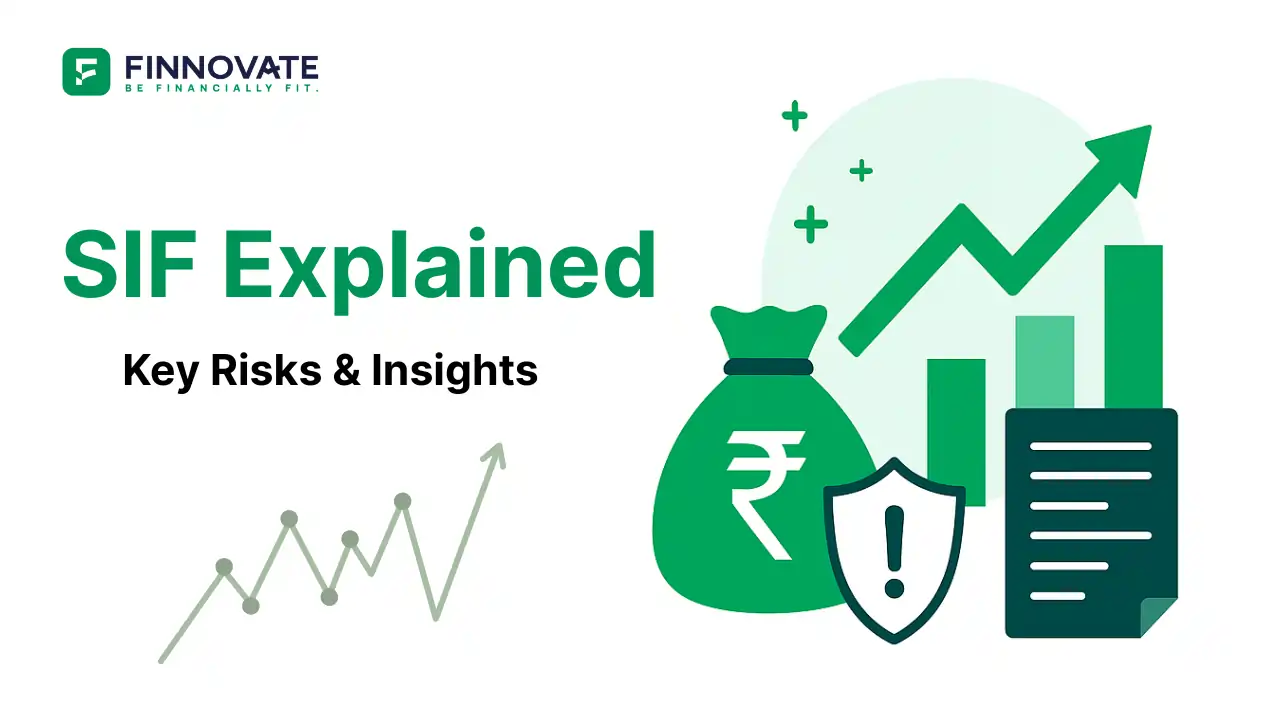
Explore what Specialised Investment Funds (SIFs) are, their benefits, taxation, minimum investment, how to invest, how they compare with mutual funds and PMS and latest developments in SIF space
Read Full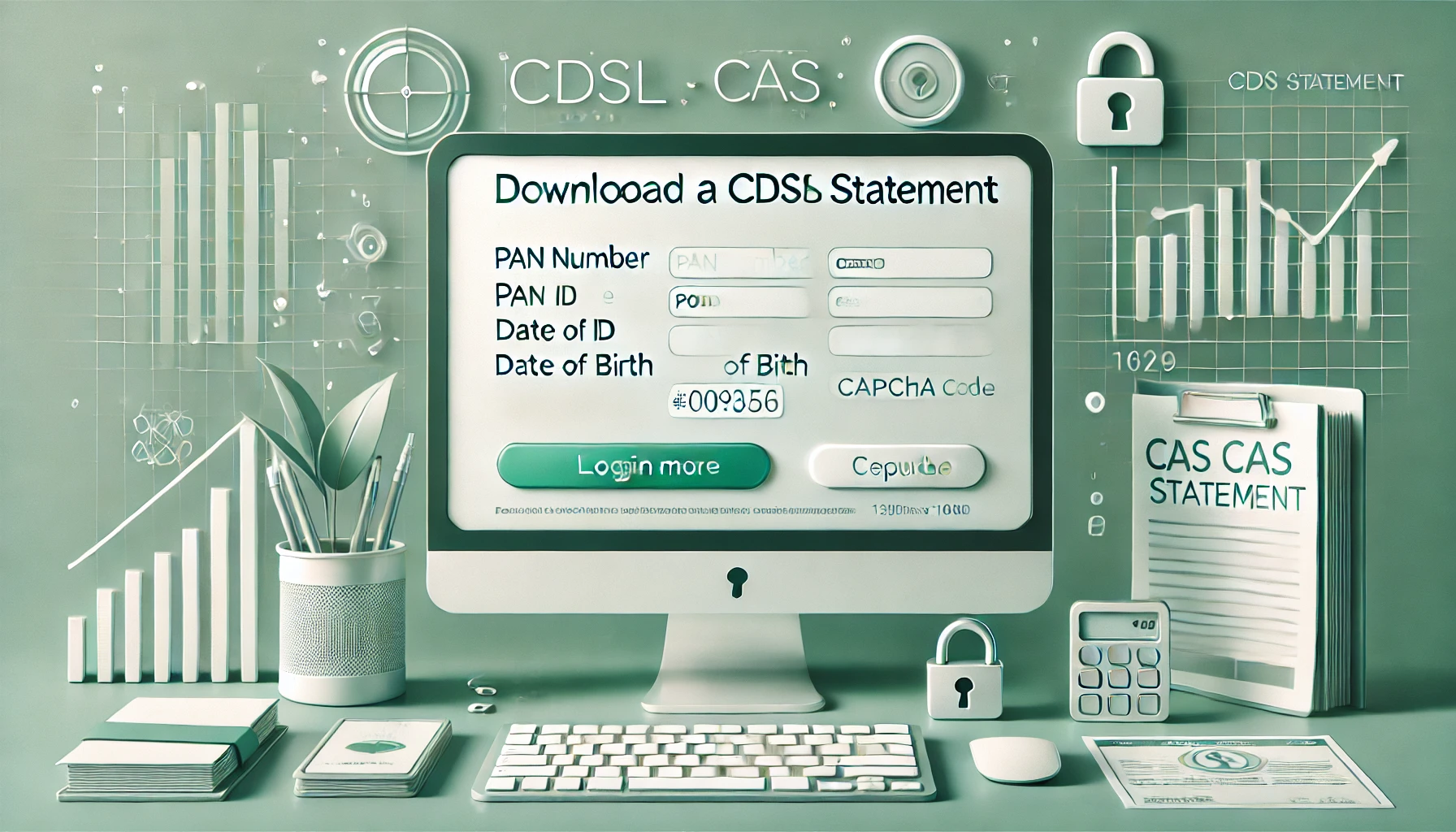
Learn How to Download Your CDSL CAS Statement with our step-by-step guide. Easy instructions for accessing your investment details online.
Read Full
Analyzing the potential economic impact of the 2025 India-Pakistan conflict on India's GDP growth, manufacturing sector, and foreign investment.
Read Full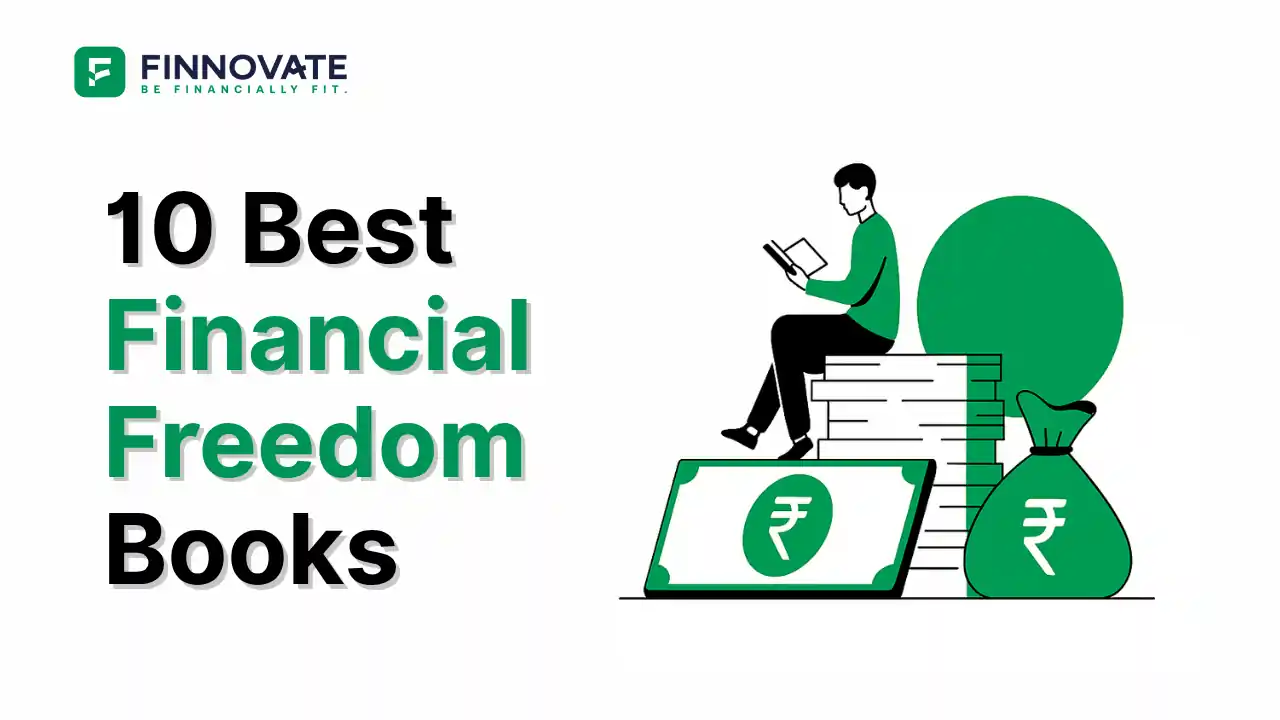
Looking for the best financial freedom books? Here’s a handpicked 2025 reading list with summaries, why to read, and who it's best for.
Read Full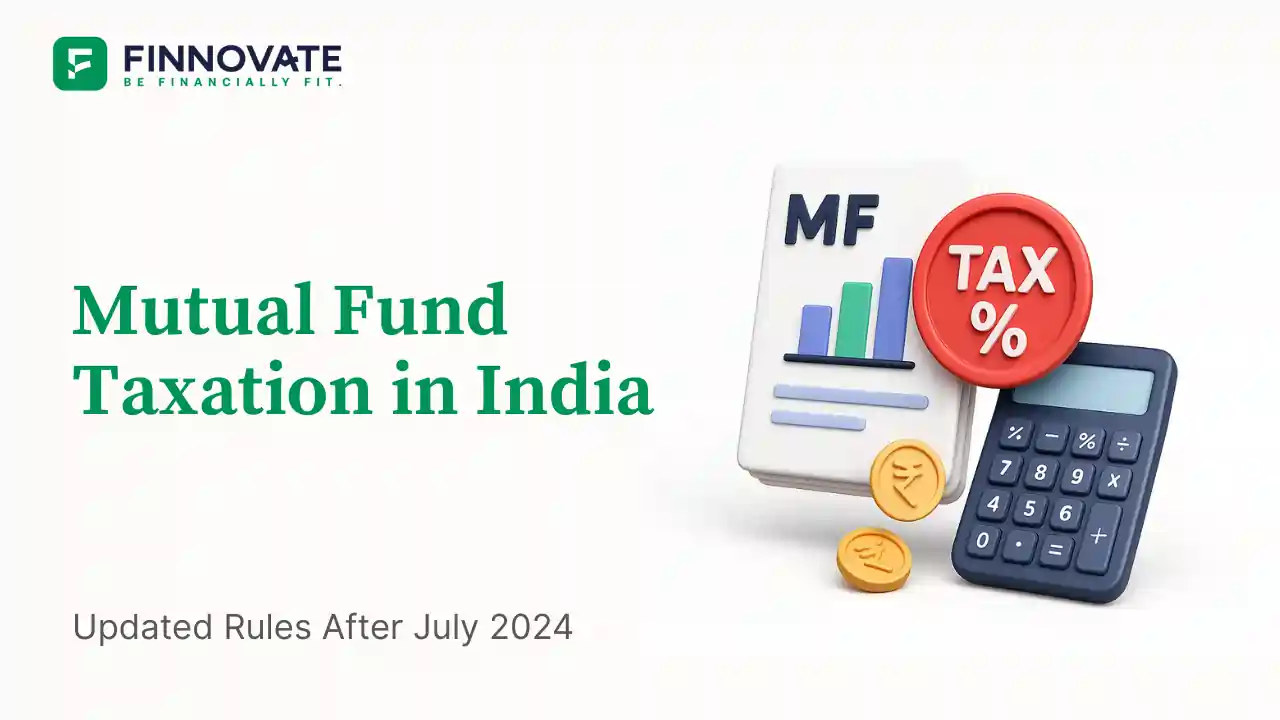
Clear guide to mutual fund taxation in India for FY 2025–26 after July 2024 changes: equity STCG 20%, LTCG 12.5% with ₹1.25L exemption, debt/hybrid rules, dividends, examples, tables, and FAQs.
Read Full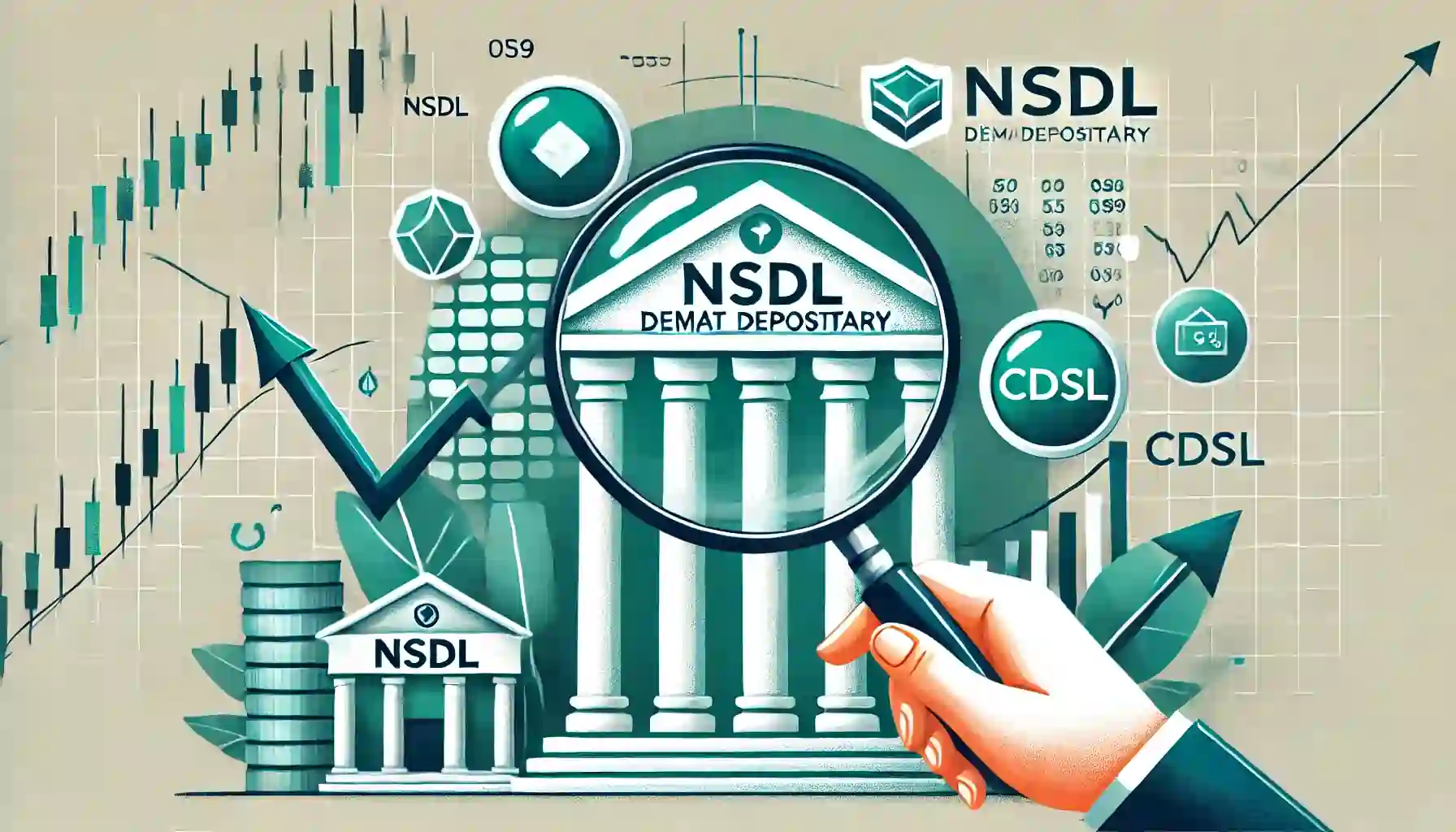
Determine if your Demat Depositary (DP) is NSDL or CDSL easily. Follow our guide to check using broking platforms or Demat account number formats
Read Full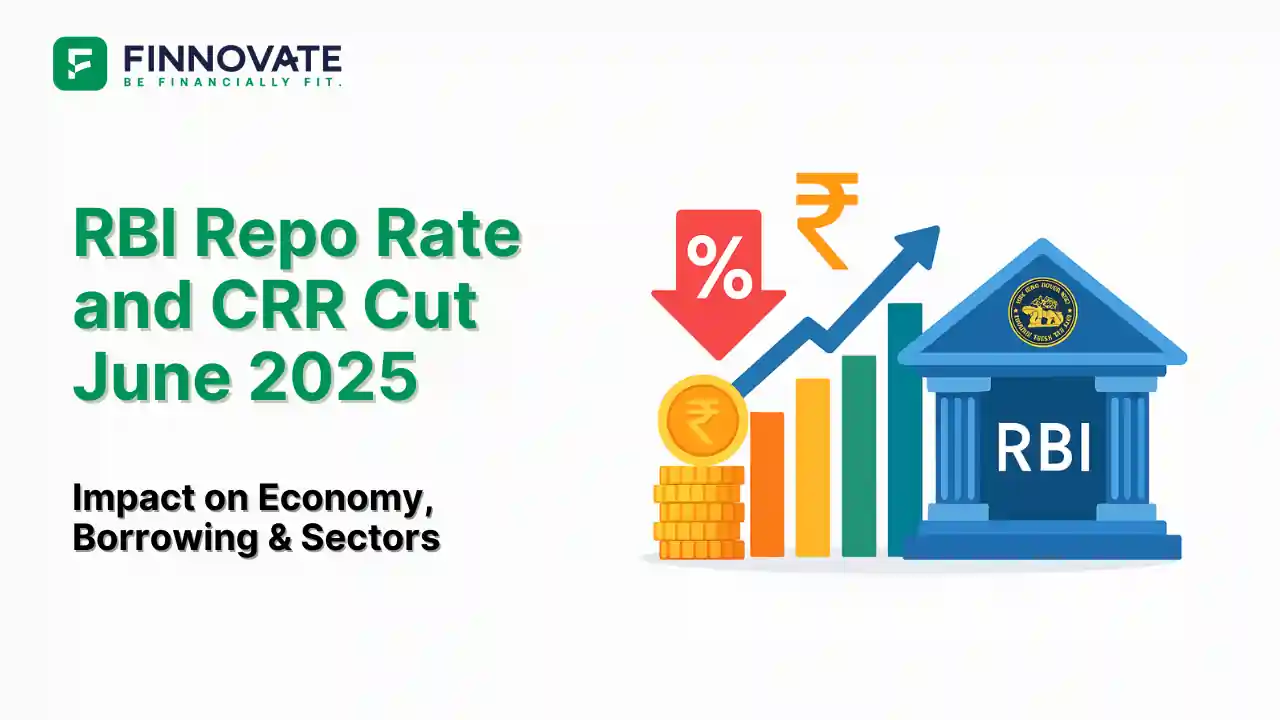
RBI cuts repo rate by 50 bps and CRR by 100 bps in June 2025 to boost growth. Learn how it impacts inflation, borrowing, sectors, and market trends.
Read Full